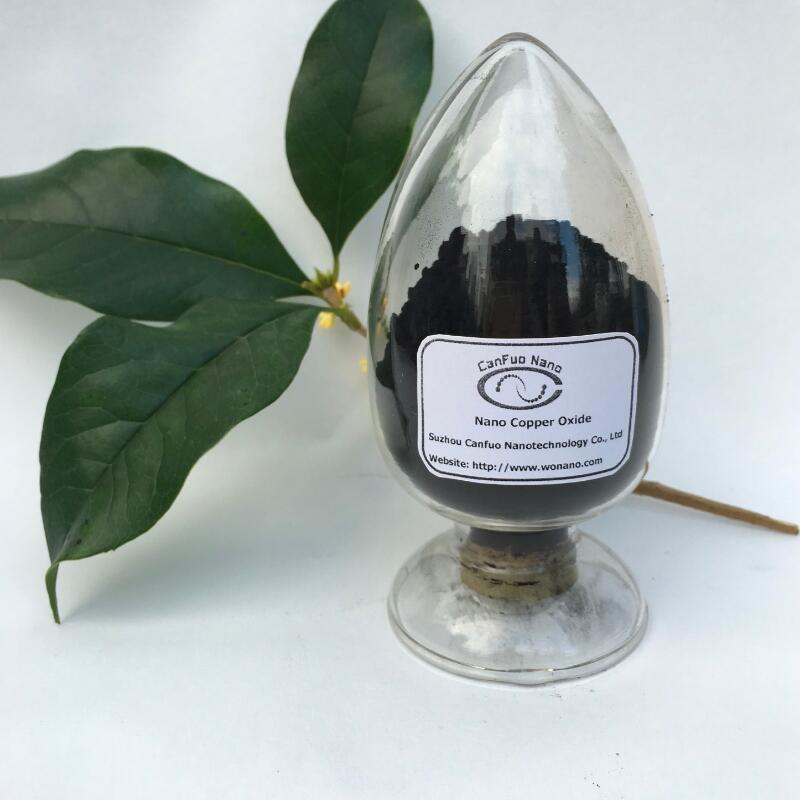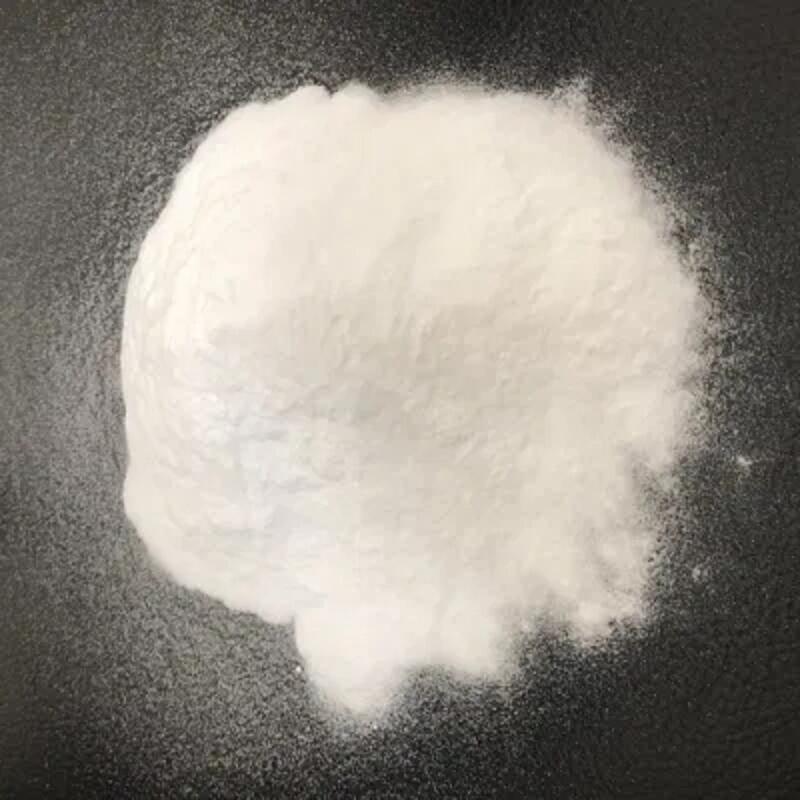-
Categories
-
Pharmaceutical Intermediates
-
Active Pharmaceutical Ingredients
-
Food Additives
- Industrial Coatings
- Agrochemicals
- Dyes and Pigments
- Surfactant
- Flavors and Fragrances
- Chemical Reagents
- Catalyst and Auxiliary
- Natural Products
- Inorganic Chemistry
-
Organic Chemistry
-
Biochemical Engineering
- Analytical Chemistry
-
Cosmetic Ingredient
- Water Treatment Chemical
-
Pharmaceutical Intermediates
Promotion
ECHEMI Mall
Wholesale
Weekly Price
Exhibition
News
-
Trade Service
Antimony trioxide (Sb2O3) is a versatile and widely used compound in the chemical industry.
It is known for its excellent catalytic and flame-retarding properties and is used in various applications, including the production of plastics, rubber, and textiles.
In this article, we will discuss the instruction of antimony trioxide in the chemical industry.
- Production and Manufacturing
Antimony trioxide is usually produced by the catalytic oxidation of antimony metal in the presence of air or oxygen.
The oxidation process involves heating antimony metal in a furnace with a controlled atmosphere to produce the desired oxide.
The oxide is then further processed to remove impurities and to produce a pure form of the compound. - Uses in the Chemical Industry
Antimony trioxide has a wide range of uses in the chemical industry.
It is used as a catalyst in the production of polyethylene terephthalate (PET) and polypropylene (PP) plastics.
It also finds use in the production of rubber, where it is used as a catalyst and a flame retardant.
In addition to these applications, antimony trioxide is also used in the production of textiles, paper, and other materials. - Application as a Flame Retardant
Antimony trioxide is widely used as a flame retardant in various materials, including plastics, textiles, and rubber.
The compound works by reducing the flammability of the material and by inhibiting the combustion process.
This makes it an essential component in products that require flame-retardant properties, such as electrical wiring, insulation, and furniture. - Applications in the Production of PET
Antimony trioxide is an essential component in the production of polyethylene terephthalate (PET) plastics.
It is used as a catalyst in the polymerization process, which involves the reaction of terephthalic acid and ethylene glycol to produce PET.
The compound plays a crucial role in the reaction, which helps to increase the molecular weight of the polymer and to improve its mechanical properties. - Applications in the Production of PP
Antimony trioxide is also used in the production of polypropylene (PP) plastics.
It is used as a catalyst in the production process, which involves the polymerization of propylene monomer.
The compound helps to increase the molecular weight of the polymer, which improves its mechanical properties and makes it more suitable for various applications. - Health and Safety Considerations
Like all chemicals, antimony trioxide should be handled with caution.
It is toxic in large amounts and can cause serious health problems, such as skin irritation, respiratory problems, and eye irritation.
The compound should be handled by trained professionals in a well-ventilated area and appropriate protective equipment should be worn.
In conclusion, antimony trioxide is a versatile and widely used compound in the chemical industry.
It is used in various applications, including the production of plastics, rubber, and textiles.
The compound is also used as a flame retardant and a catalyst in various production processes.
However, it should be handled with caution and appropriate safety measures should be taken to avoid health and safety risks.







